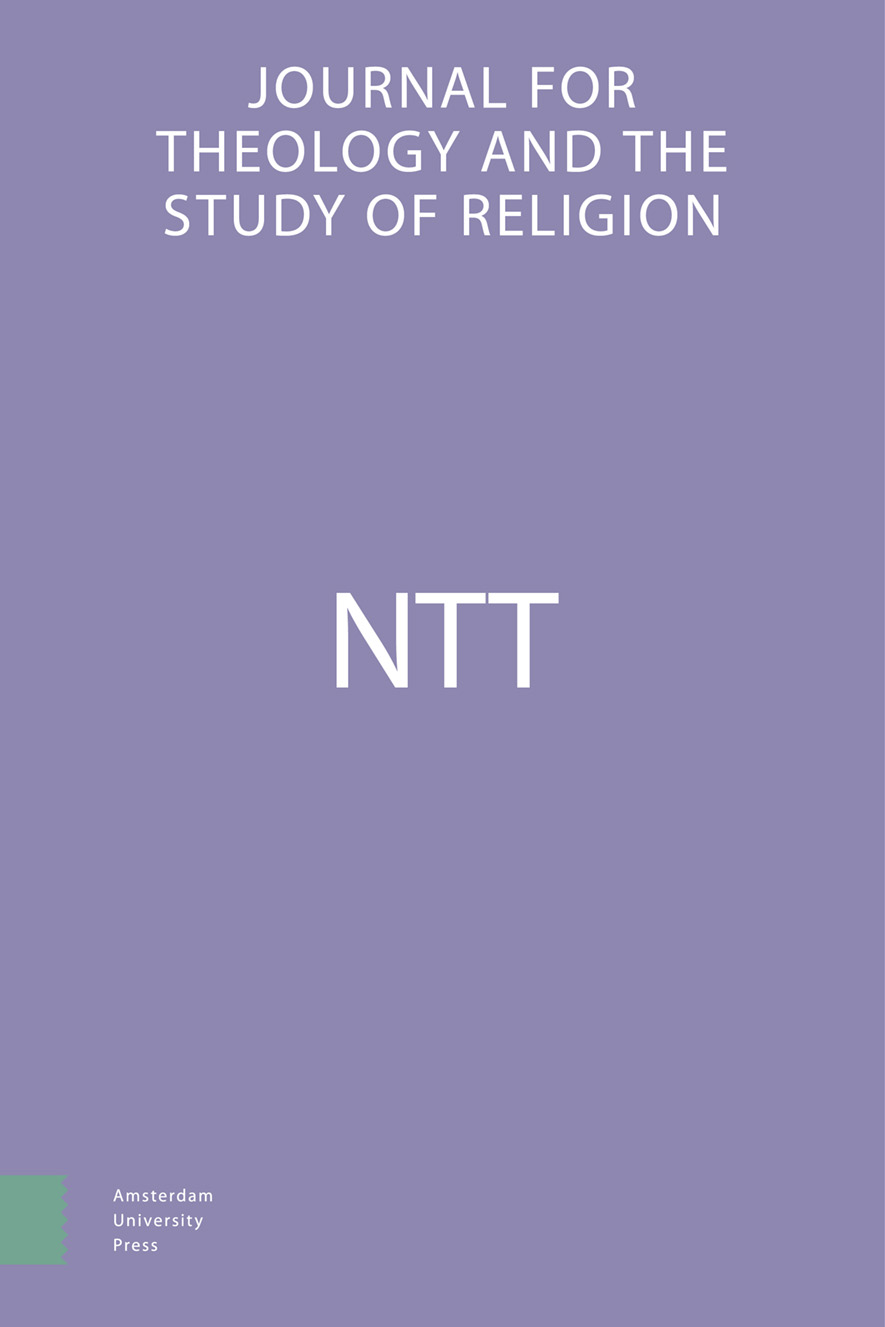-
oa De twee sleutels van het Hooglied het wek- en sjaloom-motief
- Amsterdam University Press
- Source: NTT Journal for Theology and the Study of Religion, Volume 39, Issue 1, Jan 1985, p. 89 - 101
-
- 01 Jan 1985
Abstract
The author puts forward the hypothesis that the Canticle contains a double key for its interpretation. These two main motifs come together so far as they denote that both partners complete each other within the mutual relation. The woman is called Sulammit, ‘The one to be completed’, but in 8,16 she exclaims: ‘In his eyes I am one who has found (and brought) completeness’. The man is meant where she repeats: ‘Do not awaken nor arouse my beloved one’, which shows that he is the one to be awakened. He, too, reaches his destination at the end of the Song (8,5 MT), where the woman puts on record that she aroused her partner under the apricot-tree. In this way the Canticle contains an implied affirmation of the sexes’ fundamental equivalence, while the leading role of the woman produces a polemical overtone which sounds as a kind of discordant note in the prevailing practice.


